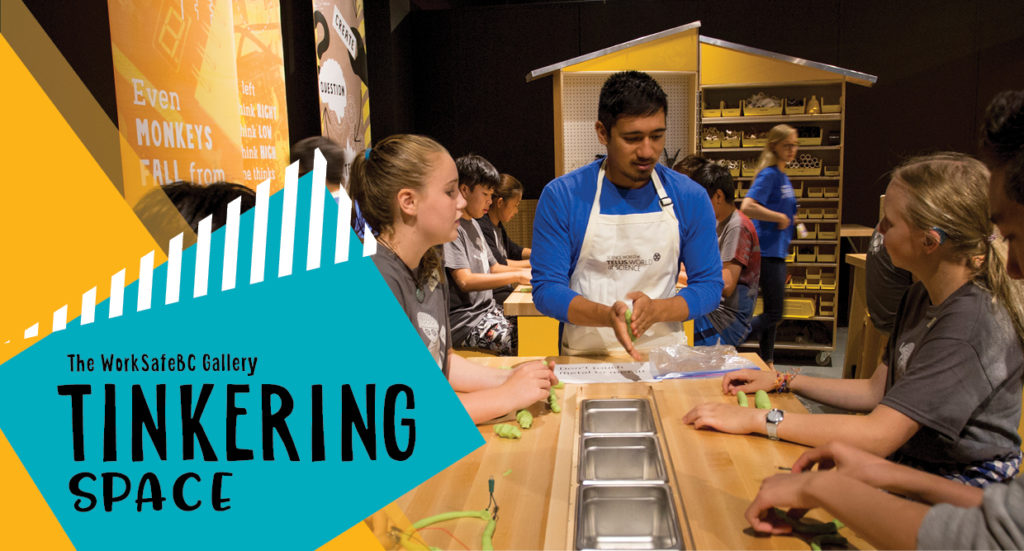In this activity, students try to build structures that will withstand a Richter 8 shaking. Materials may be used alone or in combination.
Not all structures withstand ground motion in the same way. Size, shape and materials used all make a difference. Structures have a natural frequency and they have a certain (totally acceptable) amount of flex.
Ductility and malleability tell us how much a material can be stretched and shaped before it fractures.
Malleability is the ability of materials to deform easily under compressive stress. This can be often characterized as materials ability to form thin sheets by hammering or rolling.
Ductility is the ability of materials to deform easily under tensile stress (pulling). Steel and aluminum are both very malleable and ductile.
In an earthquake, materials like aluminum and steel can perform better than brittle materials like brick and stone.


